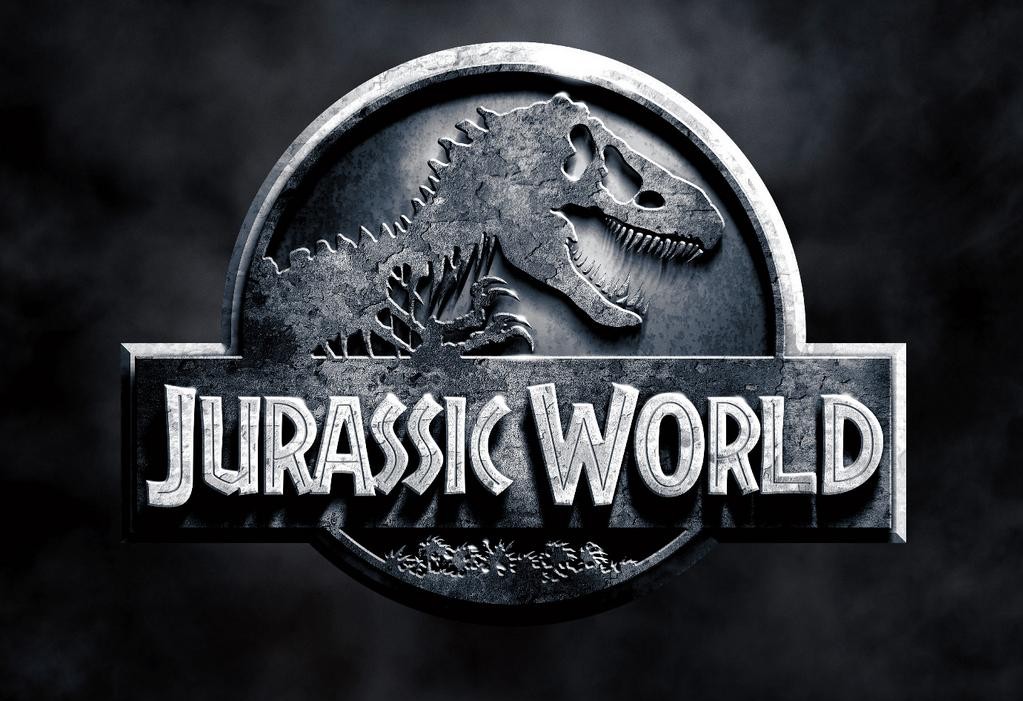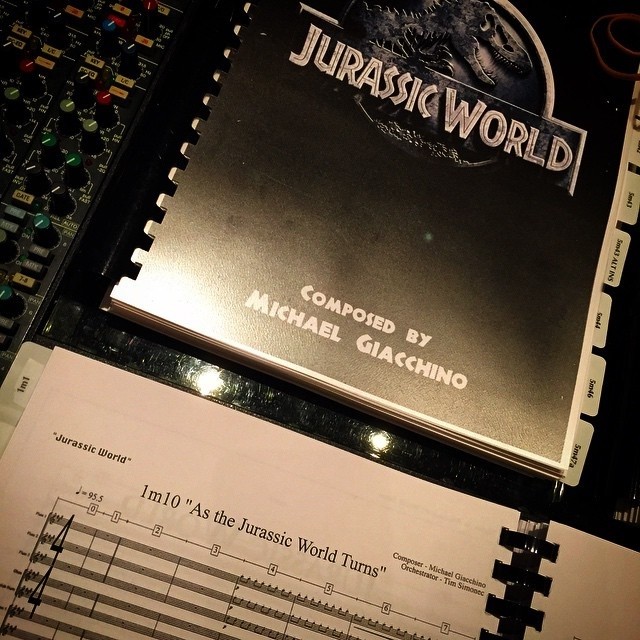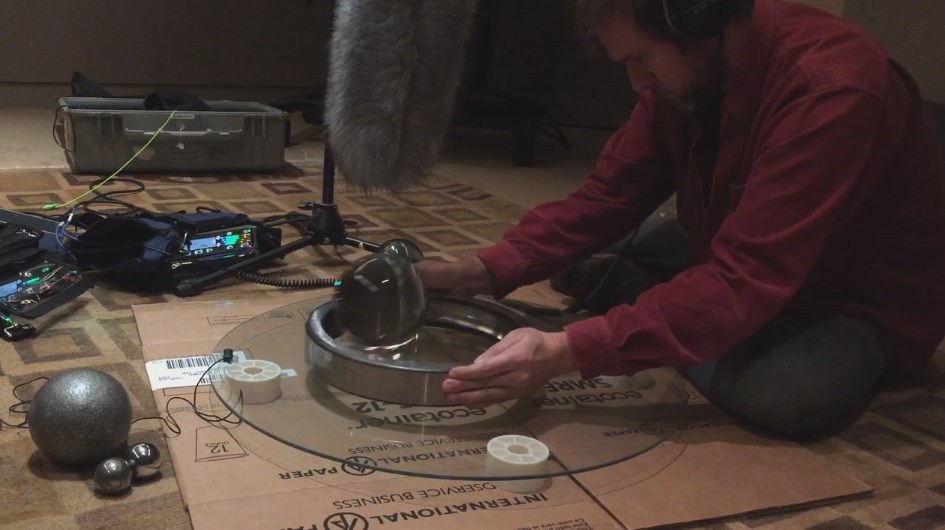
Review by Andrew Overfield
Edited by Sam Hughes
Director: Colin Trevorrow
Composer: Michael Giacchino
Sound Designers: Pete Horner, Al Nelson & Team
Reviewed on: Film
Now let’s forget that there has ever been previous Jurassic films for a moment ok? … Nope, I can’t either.
When first seeing this film I wanted to keep an open mind, and ear, to what could potentially bring back life to a series that had somewhat been bled of its quality (yes I’m talking about the third instalment).
It became apparent that that attitude would not last very long…
So a brief synopsis is in order to help continue my review. Note some spoilers ahead!
Jurassic World is loosely based on the chronology of the first film, by which I mean there’s not a huge amount of the original storyline in there but it’s filled with nuggets of nostalgia. Although I do feel that the second and third film were pretty much left out of the plot line.
I’m not going to spoil anything at this point, but I will say the initial 20 minutes of the film set you up with a similar line-up of characters we saw in the first instalment, setting the rest of the ride up to be fun, nostalgic and bigger than a T-Rex (pun completely intended)!
The plotline follows a similar arc to the original film with everything seeming fine until something messes up; dinosaurs are loose and Chris Pratt is on hand to help round up the chaos.
In a similar ‘cocky’ type role to his Star-Lord ventures he brings a different breath of air to the franchise, albeit he still won’t fill Goldblum’s quirky shoes.
I must admit, I played the ignorant card whilst watching the film. I was captivated by more of it’s sound and music rather the visuals and story. The idea of genetically modifying your own dinosaurs and controlling them with ‘training’ was, for me, taking the far-fetched and adding a whipped cream and cherry on top. Don’t get me wrong, I enjoyed watching it and have done a second time to aid my opinion better for this review. But as far as a story goes, the original will always have a huge place in my heart.
Staying on subject, the idea of creating your own dinosaur paved a way for the sound designers to have fun with something that wasn’t already made a ‘standard’ part of the dinosaur palette by Gary Rydstrom. So let’s start with…
Sound Design: What does a dinosaur sound like?
Pete Horner, Al Nelson and the rest of the sound design crew had been handed a Brachiosaur-sized task with creating the sounds for the film. Having to follow in the ‘soundsteps’ (yes I just coined that phrase… I hope!) of Rydstrom was no easy feat. The title of this article is somewhat true to the film, although it wasn’t a T-Rex the walrus was used for.
The team tended to stick to the same playing field as Rydstrom with the sounds for beasts such as velociraptors and tyrannosaurs, as those are sounds we all grew up with and stapled that tune to those specific creatures. I’m sure you can agree, if a raptor didn’t sound like Spielberg’s raptor then it would have been very easy to switch off and take this for a bad clone.
Recording sound design for the Gyrosphere (photo: onanimation)
Then we have a new contender to our plate of reptilian movie stars; The Indominus Rex. In the film, originally created as part tyrannosaur/part raptor, the idea was bigger, scarier and more teeth. The aim in the film was to create something more interesting for the visitors to awe at and not take for granted what our beloved Hammond had mastered upon all those many years ago. We later find out that Indominous was created from all manner of species to become the ultimate predator. You can see this is where the sound design team had much fun. Based on their comments in the SoundWorks Collection interview, a LOT of animals were used to create its voice. From large animals such as lions, pigs and whales, there were smaller animals with higher, annoying frequencies added to the mix to make it more “tweaked, more irritable, more spastic” (Al Nelson, SoundWorks Collection). Animals such as monkeys, dolphins and such were used to widen the palette and create a more infantile, erratic presence.
I still believe that once again we have encountered another victim of the ‘loudness war’ with Jurassic World. The mix seemed very thick and full on in the action sequences, with screams, thumps, explosions, dinosaurs and helicopters all sharing the same audio plane. It became a cool refreshment of metaphoric lemonade to watch the quieter scenes involving the children discovering certain areas of the island and short dialogue-only sequences. I can’t complain too much though, what would expect from the summer’s blockbuster?
Music: John Williams has huge feet
Ok, he may or may not have big feet, but he left some stegosaur-sized shoes to fill and I can safely say without bias, Giacchino walked the walk. I say without bias as I’ve honestly not heard much of his work before, which made it very easy to walk into the theatre and listen without any pre-conception of his abilities, his style or his sound. I did, however, have a huge Williams-shaped hole in my ear and expected that to be filled.
Little did I know that Giacchino has actually worked on the franchise before. Having worked on the Jurassic Park: Lost World video game and Jurassic Park the Ride: The Show, he has been no stranger to walking in William’s steps. On this occasion he did not disappoint.

All I wanted was THAT theme. Just once. I half expected there to be hints throughout and then finally towards the end, reprising with a rendition of William’s fanfare to resolve this lust for the score everyone watching wants, regardless of their musical tastes. The familiarity of the original theme is like a huge THERE IT IS!
The score was littered with snippets of the brass sections playing one or two notes, teasing the original theme. Without bleeding the content dry, Giacchino has added his own flair and style without essentially overusing or p***ing all over William’s bonfire. It’s a beautiful homage to the composer which adds a sensible yet enticing narrative to the film. I just wish, like in many other cases (*cough* both Avengers films *cough*) that it wasn’t bashed to a near silent pulp because of the sound in the action sequences.
Giacchino brings much more percussion to his turn at the Jurassic helm which aids the chases and devastating shots where panic and mayhem ensue, without the huge over use of it either. There isn’t an army of taikos wanting to burst your inner ears; it’s a subtle and artistic use of the percussion which cuts through an already loud soundtrack efficiently.
Slowly becoming one of my ‘go to’ scores to listen to this year I am very happy to say that amidst all preconceptions, Michael Giacchino, you did a wonderful job!
Conclusion: Can the loudness war wipe-out the dinosaurs?
The answer is no. You can’t expect to go to see an epic blockbuster of brachiosaur proportion without expecting noise. You get exactly what it says on the tin, two hours and five minutes of roars, screams and a beautiful score to accompany.
I mean, it’s pretty cool right? Listening to the sounds of what we now consider to be accepted as ‘yeah that’s a T-Rex’ and ‘of course a raptor sounds like that’. It’s a big bucket of chaos and nostalgia with a slight bit of romance and huge meaty chunks of action all thrown together, which makes for a good popcorn excuse.
LINKS
Official
Pete Horner
Twitter
We hope you enjoyed the review check out others in our Reviews section :). Don’t forget to sign up to our Monthly Newsletter to make sure you don’t miss out on our reviews and interviews.
The Sound Architect





